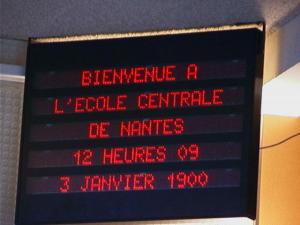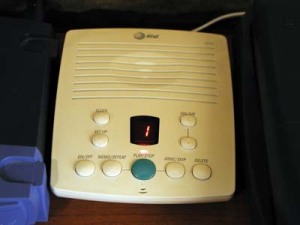Remember when video games did not feature flying body parts?
I do.
I grew up in the days before federal law protected a child’s right to play video games, and my parents decreed that it was more important that I learn to read and write and look at people when I talk to them instead of living vicariously through jump-kicking digital characters. So I had to live vicariously through my friends’ vicarious living, pressing my face up against the windows of their basements, bedrooms, and dens.
The earliest games featured geometric shapes. There was one where a yellow circle moved along straight lines and right angles, gobbling up white dots and flashing ghosts. Another game involved a triangle that moved along the bottom of a screen and shot white dots straight up at falling squares. Yet another featured two rectangles that moved vertically along the left and right sides of the screen, bouncing a small circle between them, and for every miss, the rectangle had to chug a beer.
Around the time my braces forced me to take all my pizza with a fork and knife, there was a great leap forward in the detail of video games. Instead of circles and triangles there were mushrooms and shells and plumbers leaping between free-floating platforms. There was a robot that tucked into a ball and a little green knight that wielded a sword and candle.
Around the time my voice was cracking and I started taking showers everyday without being reminded, there was a popular game with a little blue hedgehog that sprinted through hill and dale in search of rotating gold coins. One time my friend showed me how to break into the games codes or something so that you make coins appear as if my magic, like some magic coin-making machine. I kept asking him to make more coins until he had his parents call my parents to come pick me up.
There were also video games where that featured one person beating up another person. It was a lot like school, except instead of the victim having his parents call the assistant principal, he just flickered and vanished. The sound effects were another feature. “What are those horrible noises?” my friend’s mother yelled from the kitchen. “What horrible noises?” he answered, swinging a lamppost at a group of digital insurance salesmen.
A few years after I graduated college I went to see my brother, who at 12 had run away from home with a Super Nintendo tucked under his arm. Now an adult, he was playing a so-called “first-person” video game, where you saw the world through the character’s eyes, felt what the character felt, lived what the character lived, and shot anything that moved.
But when he shot someone they would not just disappear or fall down or be consumed in a cartoonish blaze of fire. Instead, their bodies disaggregated. Heads, arms, and legs went flying in different directions. Blood and brain matter were splattered against the wall. Later on the stains would still be there. Eventually a team of digital forensic criminologists would show up and take samples of carpet fibers.
I tried to play. The control pad was not like the two-button or four-button flat ones I was used to. Instead, the controller was a bulky spaceship with buttons on the face, buttons on the sides and corners, trigger buttons underneath, and two joysticks for your thumbs that doubled as buttons. And the game was now in three dimensions. In addition to the traditional up-down-left-right, you could jump, crouch, and do Pilates.
My inexperience showed. I have a hard enough time dealing with the z-axis in real life; in a video game I was dead meat. “How do you run with your head up?” I asked my brother, who shook his head and looked around to make sure none of his friends were around. He changed the controller settings to accommodate a left-hander who read short stories, but I was not any better. I died before I could splatter anyone’s brains or even kick them in the throat.
Too embarrassed to continue, I relinquished the controller, and walked away…head down. The world of video games had side-scrolled without me.




